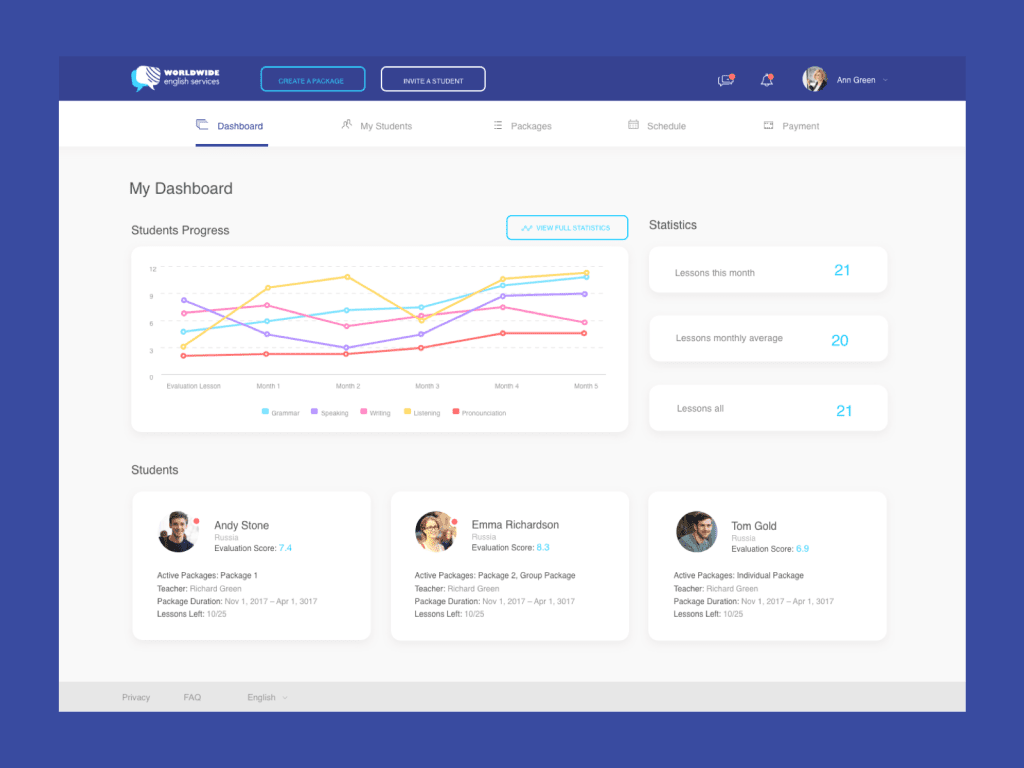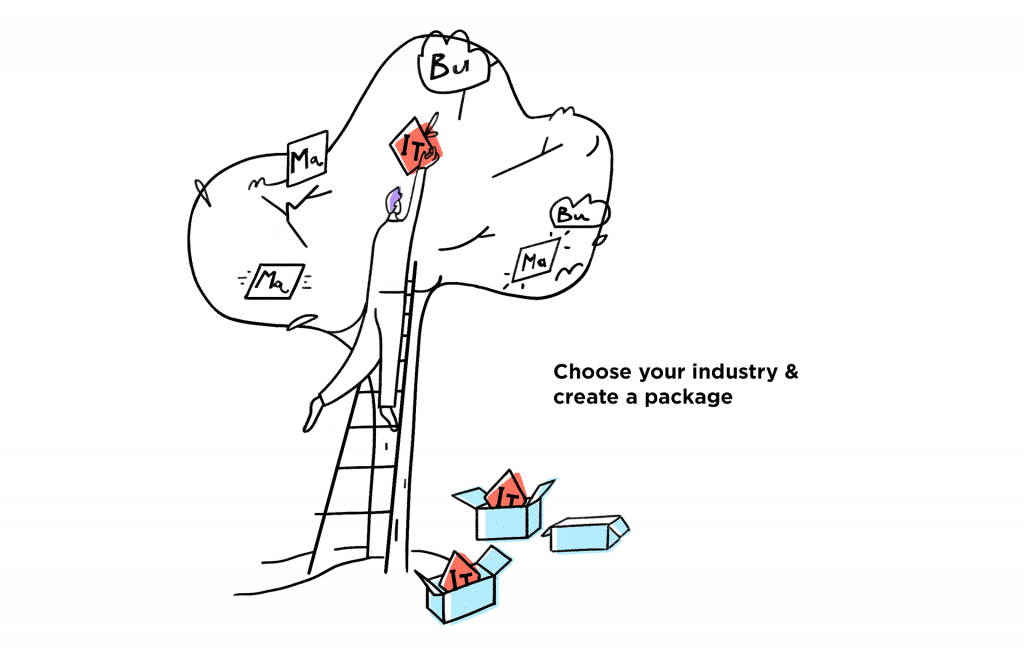Too much choice limits decision making. Give people what they need not what you think they want.
Assuming all other things are equal
The art of doing good business is being a good middleman:
Can it be put any simpler? The upflow and the downflow, demand and supply, whichever way you look at it, this is an eternal truth. You get something from somewhere and you sell it. The only difference is whether you make the thing yourself or buy it from someone else but even then, the stuff you make yourself needs teams, capital, raw ingredients etc.
In learning English online, or any language, we can assume that all else being equal we have a good student and a good teacher and this will lead to success.

There are advantages and disadvantages to learning online as opposed to face to face, but if we strip out technical difficulties, the most obvious being connection problems, lags etc, to be honest, in most cases most of the time, online is better. I’m not sure I really have to go into these here but the obvious ones are: it is most likely to be one-to-one online, thus teaching is tailor made to your needs, you can learn anytime and anyplace, no commuting, saving time and money, and the whole world is your oyster in terms of choosing the most appropriate teacher for yourself. These advantages are purely technical, but of course for those who are serious about learning, paramount. The only advantage of a local school, is the social aspect, and that of a school in a native speaker country, the sociocultural aspect, which nice as it may be, adds little to the learning quotient and is far more expensive.
The offer
Simply put there are online schools of various types with direct employees of one type or another or there are marketplaces where a middleman brings teachers and students together. We are still in the mid-days in terms of the development of successful business models. There is no consensus as to what is the best model. Although there are some glaring examples of both good and bad practice. It is the gig economy, and sooner or later, those who understand what they are doing will become very successful, and those who don’t, won’t
Having been in this industry for 25 years, and business in general, it is quite clear to me who will be the winners and who the losers. As always it is about vision and management.
Bells, whistles and restaurants
As the sites and business models develop, change, adapt and adopt new technologies we see some interesting divergences. Oddly, or maybe not, in exactly the same way that we see such things in real world schools. Those who are purely business people with no real understanding or knowledge of the sector, apply apparently foolish ideas, and mostly fail. Conversely, those who are just a little too academic and not rigorously business minded, can fall away in equal numbers.
What I have noted, as a sort of summary however, is that it is tech led, and as learning a language is more of an art than a science, there is always going to be a conflict between these two.
Tech led in the sense that someone, somewhere, is always saying, “we can do this, we can add that, this is new we can do this as well and this and that, ad nauseum and infinitum, hoping to get an edge, hoping that by adding more they can attract more. Unfortunately, this is like a cheap and badly run restaurant. A massively overlong menu (200 dishes I have seen on some menus!) does not mean that you will bring in more punters by appealing to more tastes, simply that logistics means the dishes can only be average quality at best.
But basically, learning a language is a human business, it is all about human interaction, I mean, that is the point of language isn’t it?

The tail wagging the dog
And what seems most obvious and foolish is the lack of design and structure in employment. In that we have a start-up – has been going for a few years, enjoys reasonable success, employs 50 developers but it is a massive case of the tail wagging the dog.
“Oh we have to give these developers something to do, let’s do this, and this and this and this. Almost all of it totally irrelevant and useless and disruptive in the original, negative sense of the world. Having “worked for” some of these sites I had to continually do creative workarounds to avoid almost all of the innovations.
By all means innovate or imitate but please make sure you add to the offer and don’t subtract.
Overcoming frustration
We have spoken of the frustration of the teacher mainly but if the teacher doesn’t have the tools to do the job, the learner won’t learn well. From a purely learner’s perspective however, a similar perspective influences buying decisions and user experience. In my opinion clarity and simplicity trumps all. Clarity in design, functionality, the journey through the site, and an intuitive user experience. Endlessly messing about with a screen full of counter-intuitive buttons and menus and over-complexity is very off-putting (and we assume everything works). Without wanting to overegg the pudding having a myriad of functions just hoping that each extra functionality might bring in a few more customers is just like a cheap restaurant menu. It doesn’t. Having a very good basic product which attracts your segment of the market. Does.
Ira Baranova for Ester Digital

Blue, lovely colour isn’t it? The sky, the world of “blue-sky thinking” endless possibility and yet at the same time, cool, professional. Notice the clear offer, the clear layout, the personalisation, the clarity in font and titling. The balance, the non-use of disparate elements, the “togetherness” of it all, the simplicity.
© ‘The art of good business’ by davec9uk1 on Youtube




